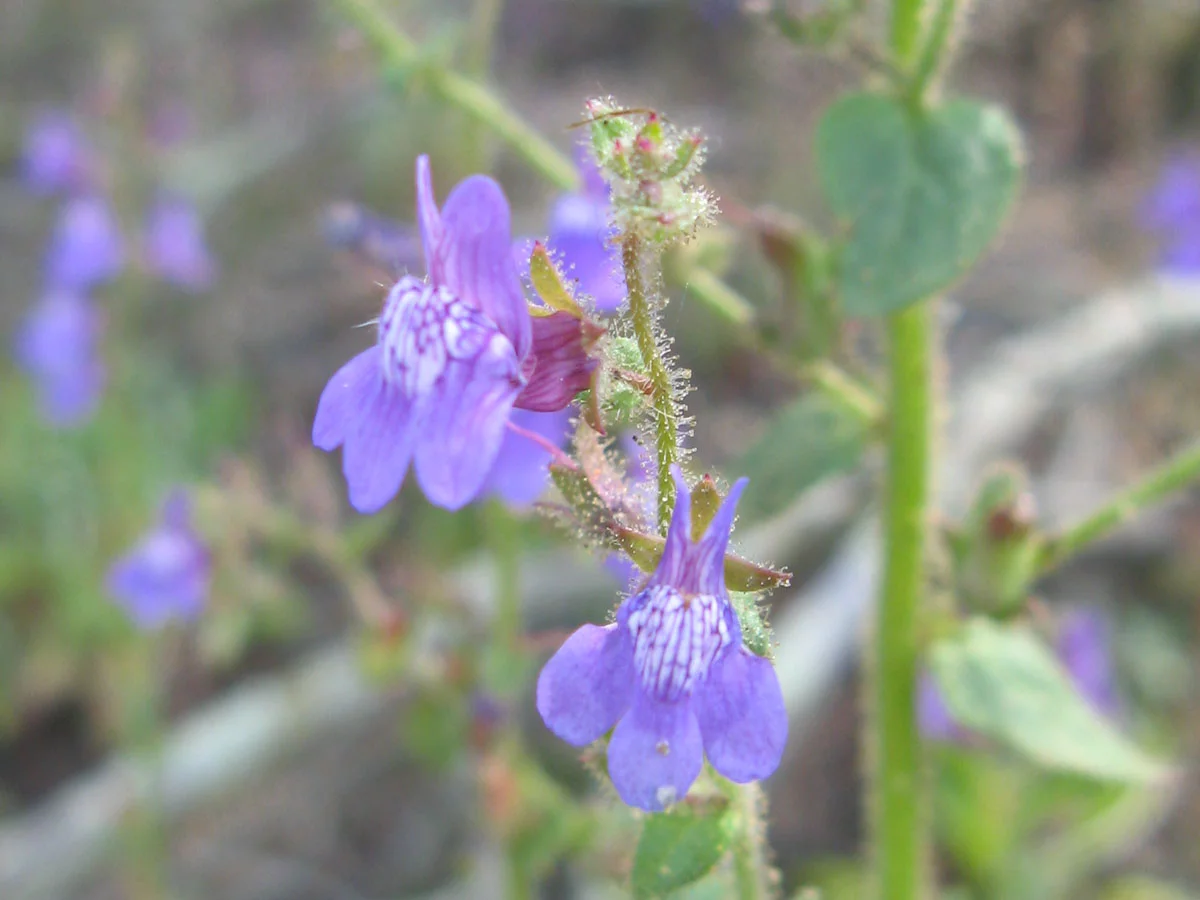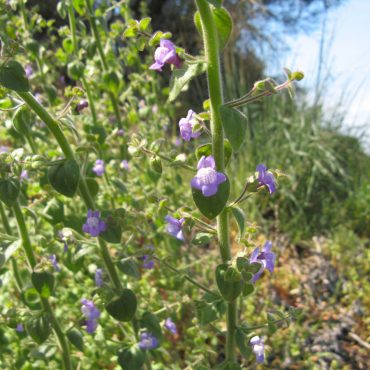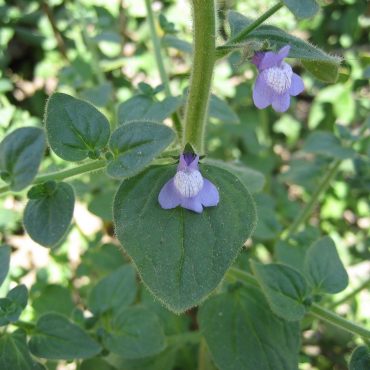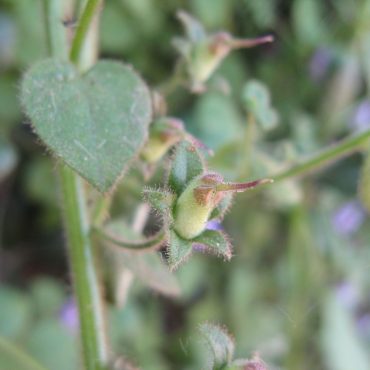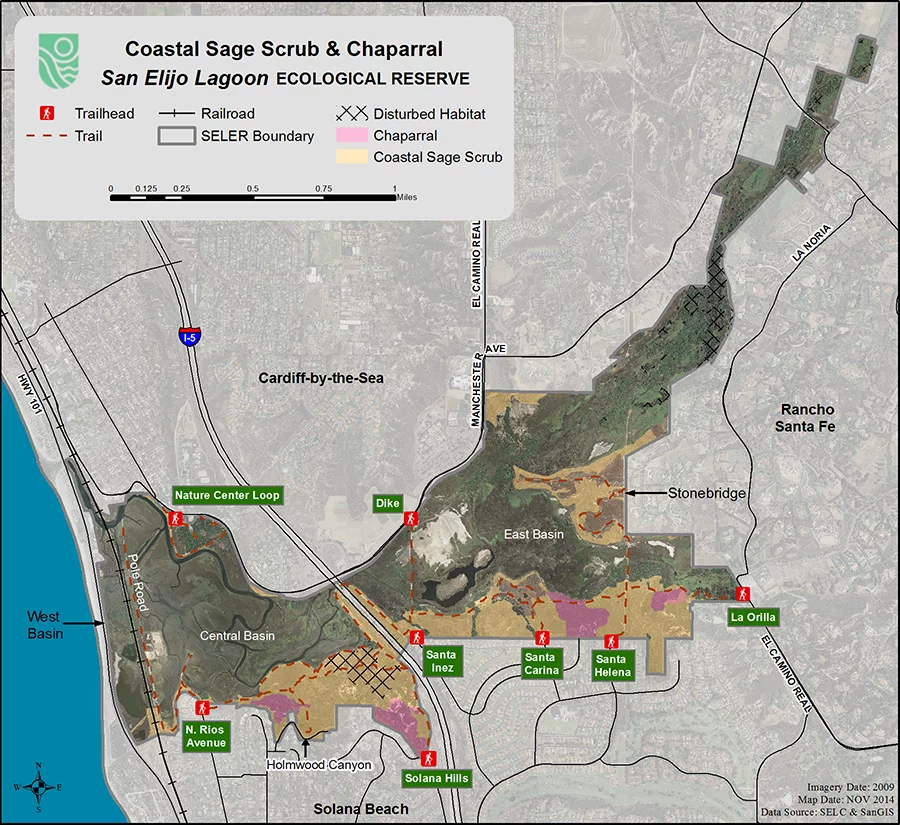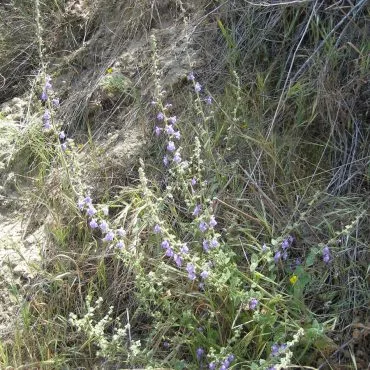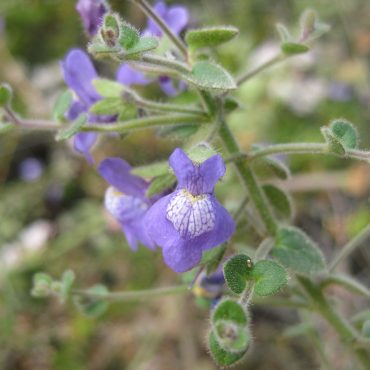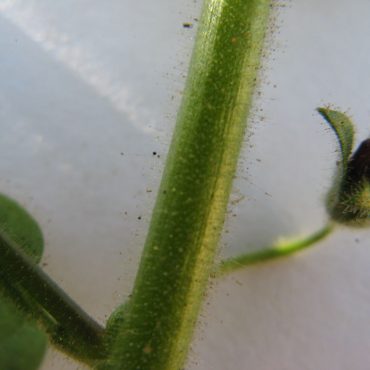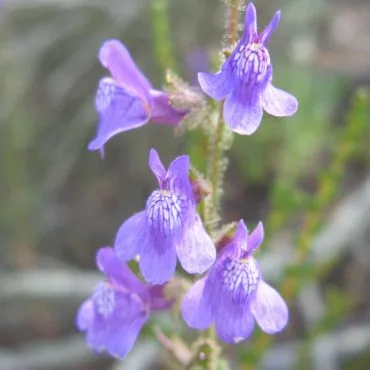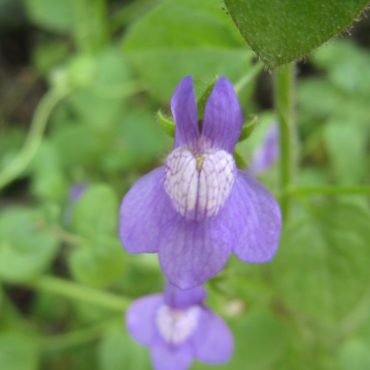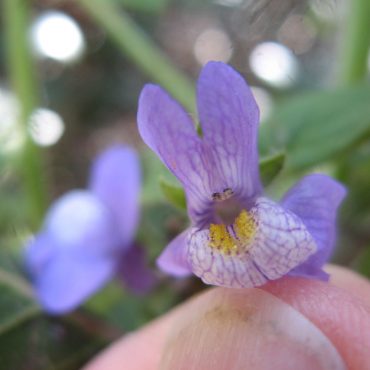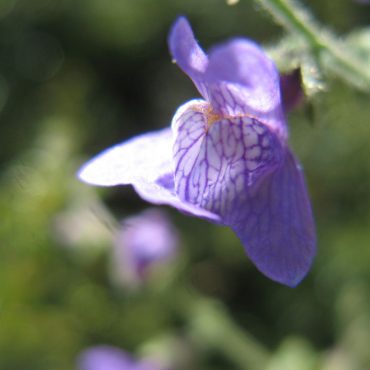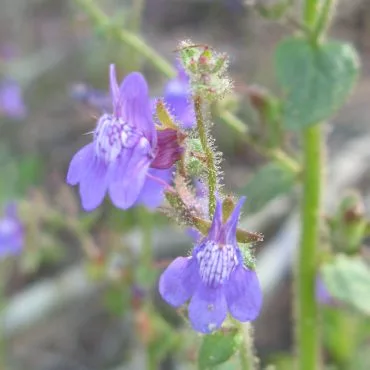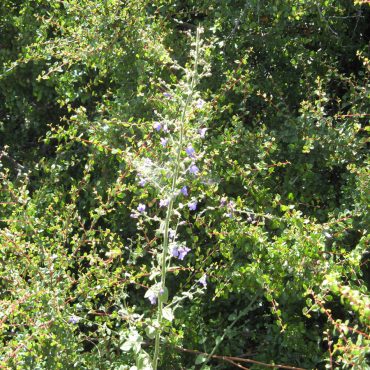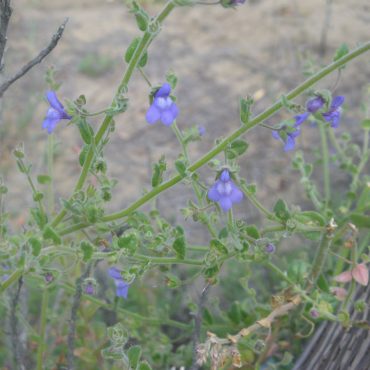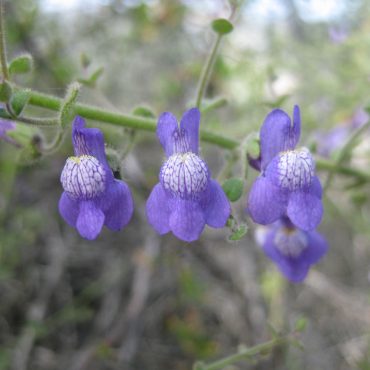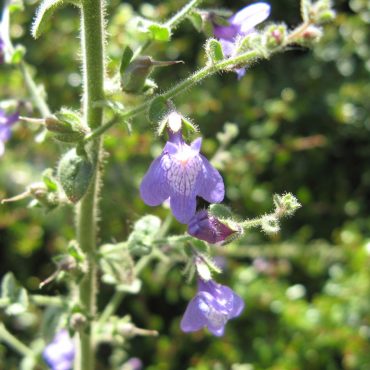Classification
2
Nuttall’s snapdragon is a dicot angiosperm in the plantain family, the Plantaginacea. For many years, snapdragons were considered members of the fiqwort family (Scrophulariaceae) but they were moved to the plantain family in 1998 on the basis of DNA sequencing.84,88 Many available references still present the earlier classification system.
The Plantaginaceae contains nearly 100 genera. Unfortunately for the field botanist, members are morphologically heterogeneous and are not recognized by a few obvious, universal characteristics.59 The family contains some well-known garden flowers such as snapdragons, foxgloves, and penstemons as well as plantains many of which are obnoxious weeds (not to be confused with the banana of the same name).
The genus Antirrhinum has recently been revised. Although the current Jepson2 retains Nuttall’s snapdragon in Antirrhinum, other references have moved many of the new world snapdragons into genus Sairocarpus,89 and it is expected that the next revision of Jepson will adopt this classification. One other species (climbing or twining snapdragon; Antirrhinum kellologgii) has been reported from the Reserve.48
There are two subspecies of Nuttall’s snapdragon. Most of our plants are subspecies nuttallianum,48 distinguished by pedicel length, by details of the small hairs on the stem and by the characteristics of the white markings on the lower flower lip.2,4 However, some images in our collection show very short pedicels suggestive of spp. subsessile.
Jepson eFlora Taxon Page

